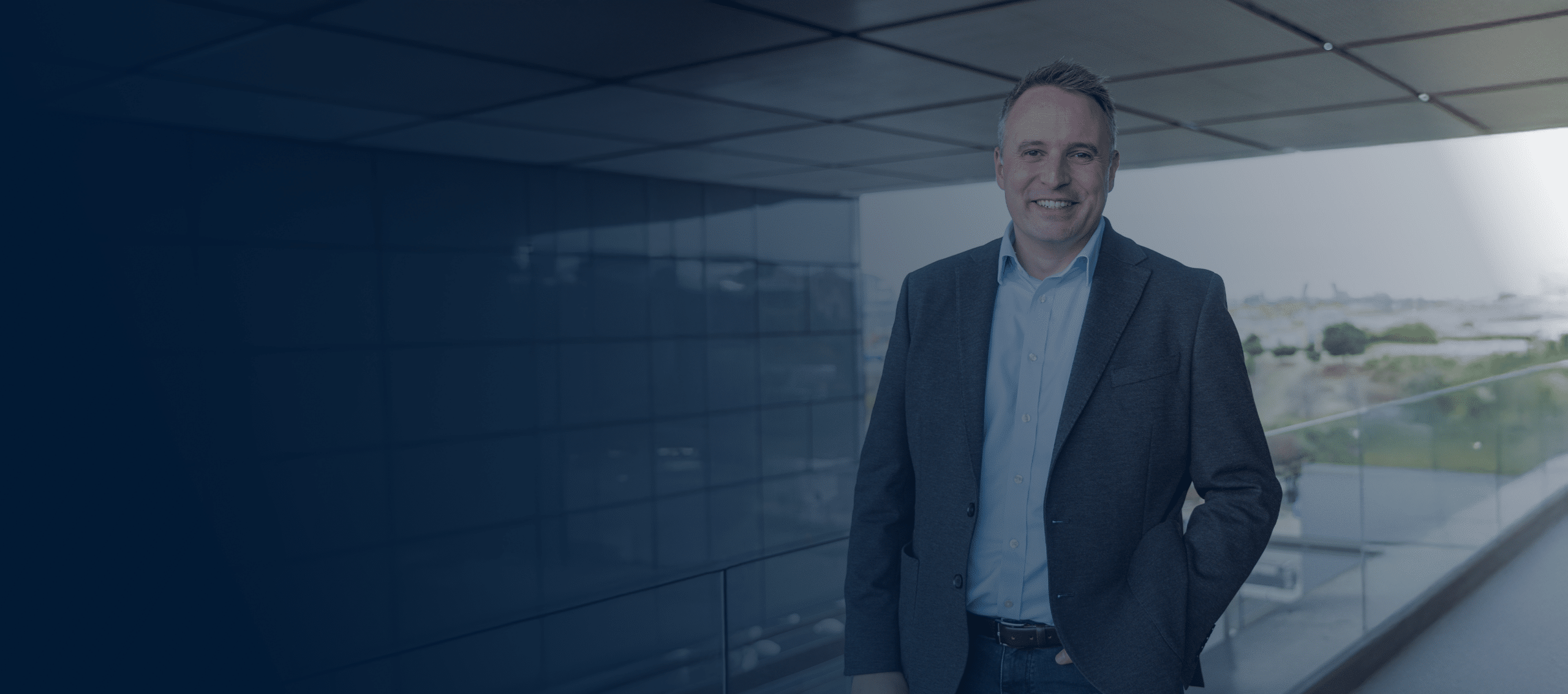This blog was authored by: Tim Richardson, VP & CTO | 15 January 2025
Tim Richardson works at the intersection of business and technology, helping to solve complex business challenges through the innovative application of technology.
It’s the time of year when conversations among technologists, like me, are awash with predictions about how the latest technology will revolutionise business. From Agentic AI and Spatial Computing, to polyfunctional robots, human machine interfaces, and quantum computing breakthroughs, the discussions are full of exciting possibilities. It’s easy to get wrapped up in the hype and overlook the fact that the key to navigating this landscape lies in focusing on problems first, then aligning the right technologies to address them. Take some of the early forays into generative AI, these often focused more on the desire to deploy any AI capability for the sake of having it, rather than the value it would provide.
The most impactful advancements are unlikely to be those that consume the most air-time, but those that address pressing business needs with practical solutions, and that deliver measurable outcomes by building on the infrastructure and capabilities that already exist.
Take artificial intelligence, for instance. While the idea of Agentic AI, goal-oriented systems that autonomously make decisions and act upon them, is already consuming much of the conversation, its practical application will be out of reach for most businesses in 2025. The problems we’re still helping many businesses with include improving their levels of data literacy, and getting their data into shape so that they have the high-quality, reliable, and accessible data which is the life-blood of AI. Only then will they be able to meaningfully apply its capabilities for high-value initial use cases, predominantly in content creation, customer service and support enhancements, and business decision support.
Very real problems for 2025 are rising labour costs and persistent skills shortages. Rather than businesses opting for AI agents in place of humans, they will increasingly adopt AI Copilots to assist workers, shifting the mundane activities to AI, and elevating the value of the human effort. There will be more focus this year on the structured approaches for identifying high-value use cases and measuring ROI, which can often be complex and nuanced. Equally critical is the emphasis on change management to integrate AI effectively into workflows, and the governance of AI, ensuring that the technology is well understood, embedded seamlessly, trusted, and used responsibly. This will address major shortcomings from last year, when deployments often failed to meet expectations or raised concerns about their practical use and governance, ultimately preventing many initiatives from progressing beyond the pilot stage.
The same problem-first approach applies to cyber security. The immediate priority in 2025 remains tackling the increasing number of sophisticated cyber threats, resulting in part from ongoing geopolitical instability. Unsurprisingly, AI has a part to play here too. As digital ecosystems become more interconnected, risks from cyber threats like data breaches and disinformation campaigns have increased. Advancements in AI-enabled tools, capable of detecting and responding to anomalies in real-time, and identifying AI generated disinformation, are of increasing mid-term value. Especially when coupled with zero-trust architectures, that assume no user or device should be trusted by default, even if they’re inside your network.
Cloud computing is another area where practicalities need to remain at the forefront. AI dominates the tech trends conversation here too with its integration into cloud services, impact on energy consumption, development of more powerful compute infrastructure, and even the concept of nuclear-powered hyperscale data centres. However, many businesses we work with are still tackling a more fundamental challenge, controlling their cloud spend. There’s a clear synergy between controlling costs and minimising environmental impact.
Modernising applications inherently reduces their resource consumption, businesses can not only lower their spending but also decrease the energy usage and in turn the carbon emissions associated with cloud operations. This is where GreenOps, the practice of optimising cloud infrastructure to minimise its carbon footprint, is set to become more prominent in 2025. Sustainability is now a near term business imperative, with emerging regulations pushing companies to adopt eco-friendly practices and cloud solutions that meet both operational and environment sustainability goals.
By contrast, technologies like spatial computing, polyfunctional robots, and neurological enhancements offer exciting potential. However, their mainstream practical impact in 2025 will be limited because they are not yet addressing widespread, urgent business problems. For most businesses, they remain areas to watch, but not to prioritise.
While these emerging technologies may captivate attention, we need to remember; problem first, then technology. What ties these practical technologies together is their focus on solving real problems. They don’t demand an overhaul of existing systems but build on what organisations already have. They align with current priorities – growth, efficiency, resilience, sustainability, and deliver results that can be measured within months, not years.
